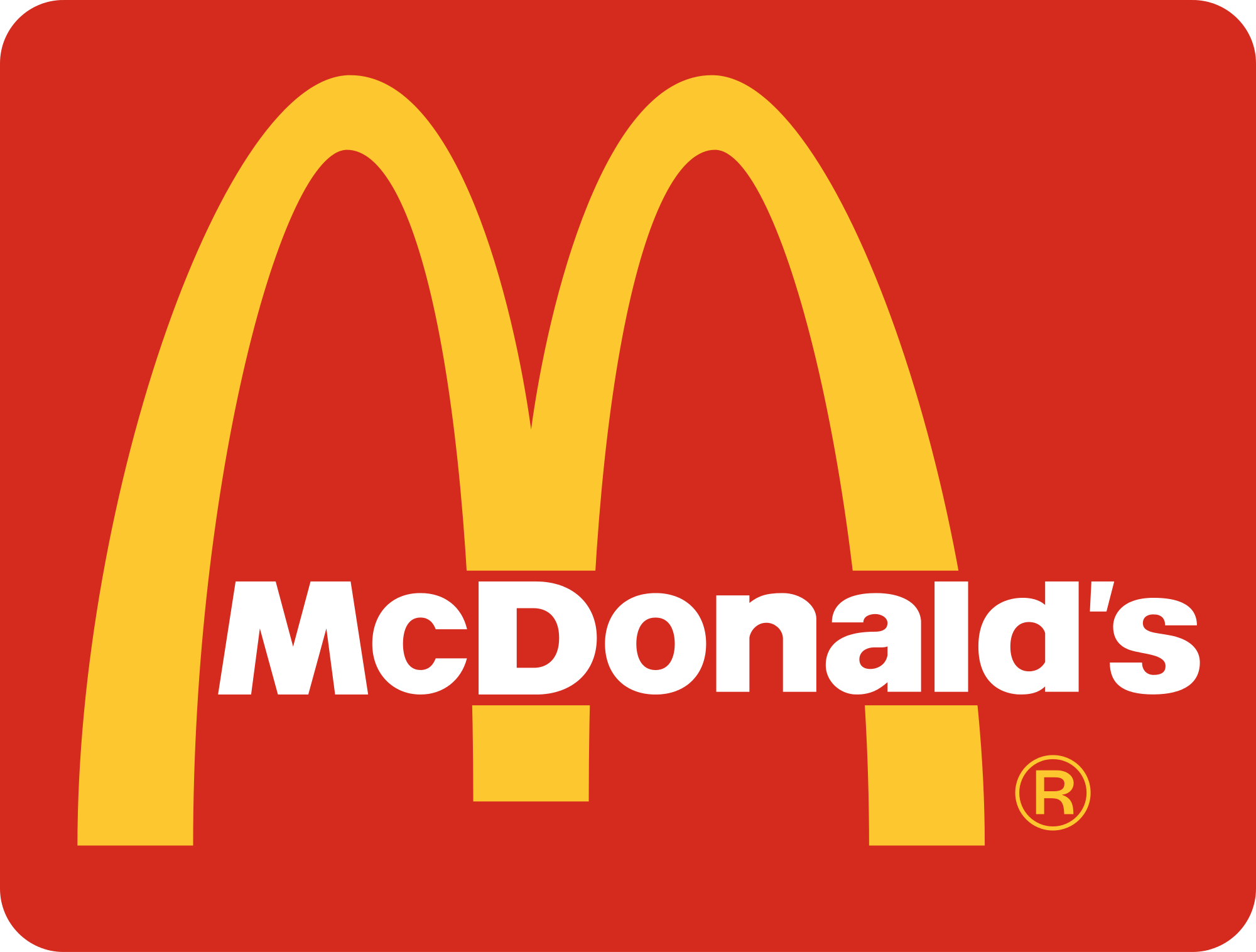Whether you’re a small business owner or the CEO of a large corporation, the rules of what makes a logo effective are the same, says branding expert Debbie Millman, host of the popular radio show Design Matters and president of design at Sterling Brands.
“It’s not just the mark you have to think about; it’s the marketing,” Millman says. “That’s the golden rule. No matter how good or bad a logo is, the way it’s executed and shows up in the marketplace allows it to be fully engaged with by potential customers.”
Millman recommends that every logo be designed with these three qualities in mind to help it stand the test of time:
- It should be simple.
- It should be telegraphic, instantly memorable and communicate a message.
- It should be single-minded.
To accomplish this, follow her three design tips when creating or choosing your small business logo:
1. Consider Where It Will Be Used
How will your logo translate to different mediums? You need to consider all of the places it might be used, such as on a website, brochure, business card and sign. As a general rule, simple designs work well for any medium.
2. Stay Away From Gimmicks and Trends
Create something that is uniquely yours that can stand the test of time instead of gravitating toward color, font or image trends.
3. Combine Words and Pictures
A good logo includes a symbol, or icon, as well as words, such as your business name. You can play with both to create a variety of mock-ups. In some instances, you might use just the words, while in others the icon can stand on its own.

If you’re looking for some inspiration before diving into your logo design, Millman shares examples of high-profile logos that follow her important, timeless qualities:
FedEx is a logo that employs all three points, Millman says. “People love the FedEx logo because of the embedded arrow,” she says. “The more you look at it, the more you see. Humans really do love figuring out puzzles; it activates different parts of the brain.”
McDonald’s is another logo that sticks out in Millman’s mind because of its staying power. “The golden arches are really french fries that create an M,” she says. “The company has kept it for all of these decades. It’s simple, telegraphic and it doesn’t need any words.”

Finally, the logo Barack Obama used when he ran for president in 2008 and 2012 (with some tweaks) is an example of a logo with overall outstanding design aesthetic.
“Obama really changed the way in which design can be used effectively for a candidate,” she says. “[The logo’s] typography helped shape an impression and convey a message.”

While small businesses don’t have the marketing budgets of presidential candidates, or large companies, good design doesn’t have to be expensive, Millman says. If you have a limited budget, she suggests calling a local university and asking to speak to the marketing or branding departments.
“Design students will be interested in working with a small startup,” she says. “They’ll gain experience and the business owner will benefit from getting someone who is excited about applying their new education to this project.”

